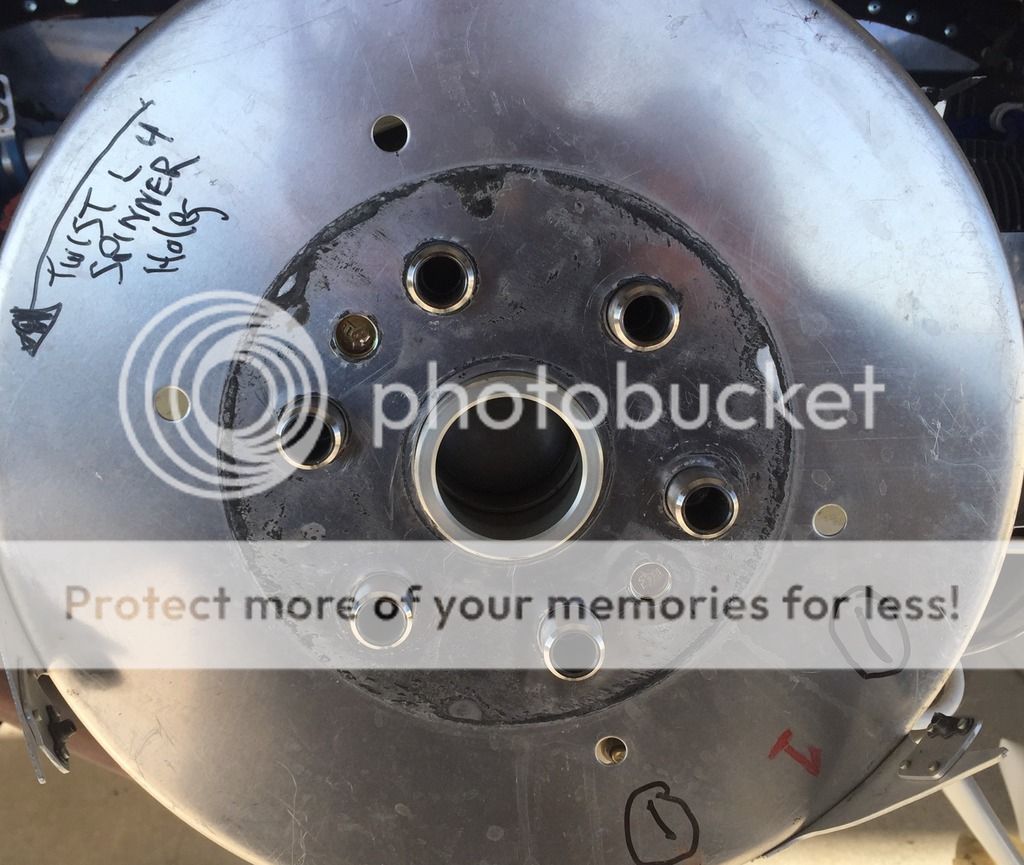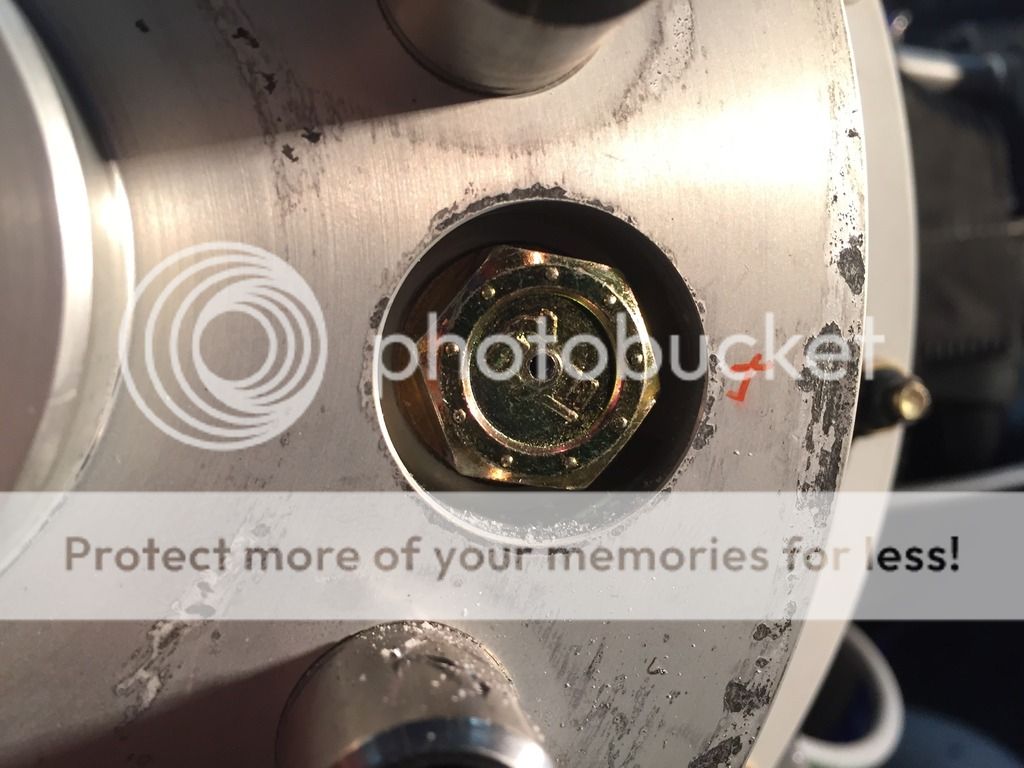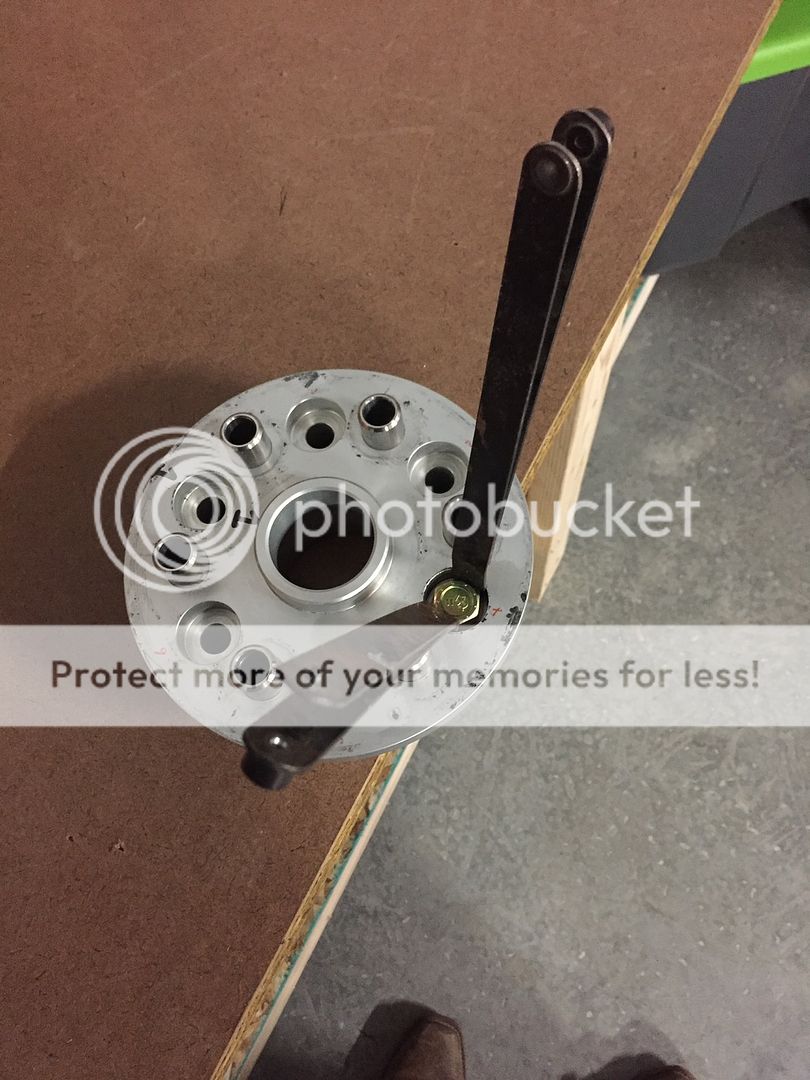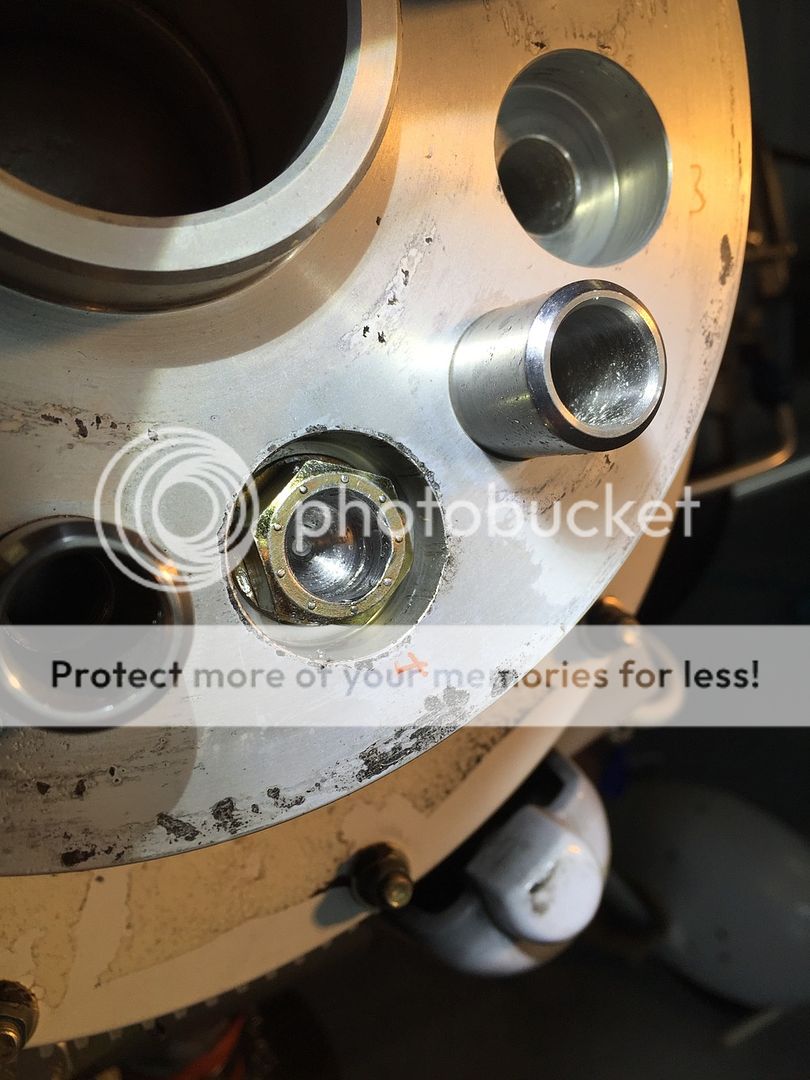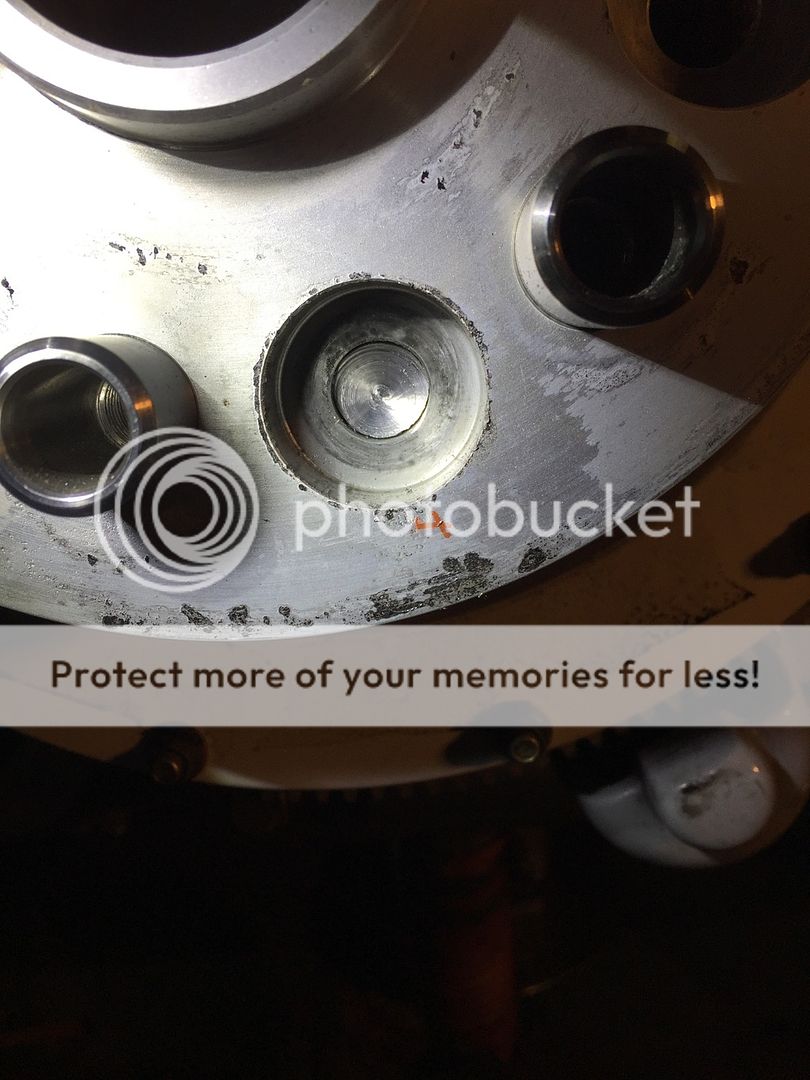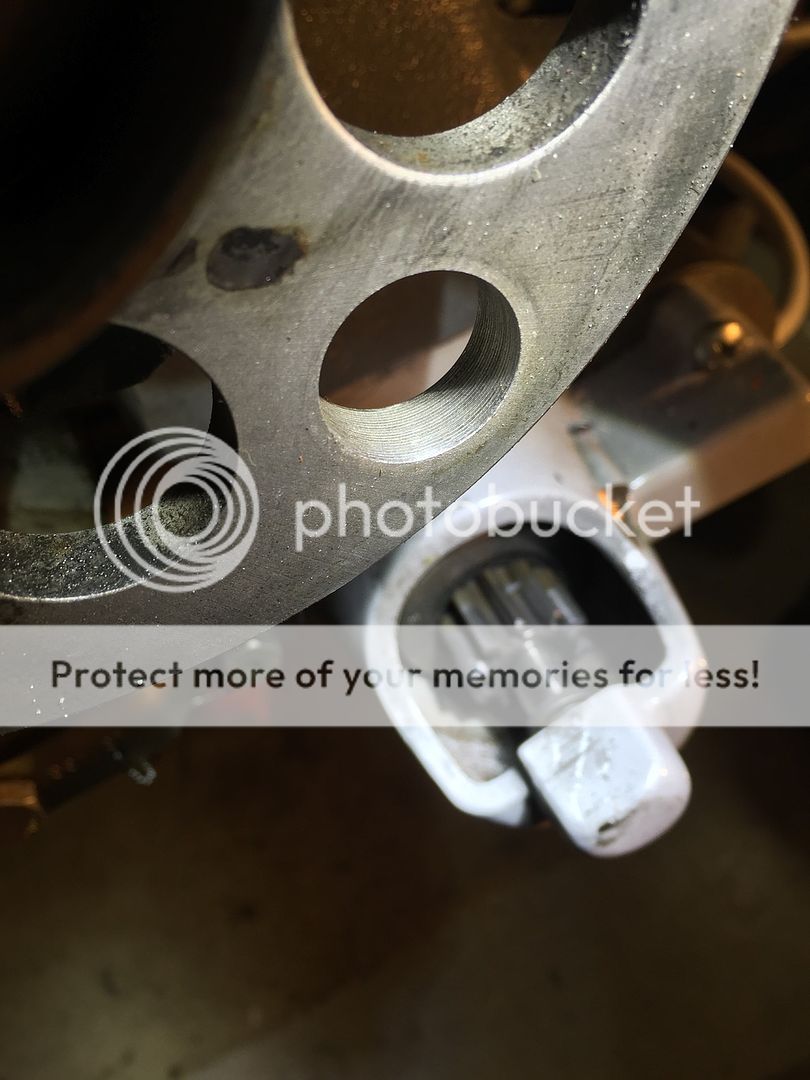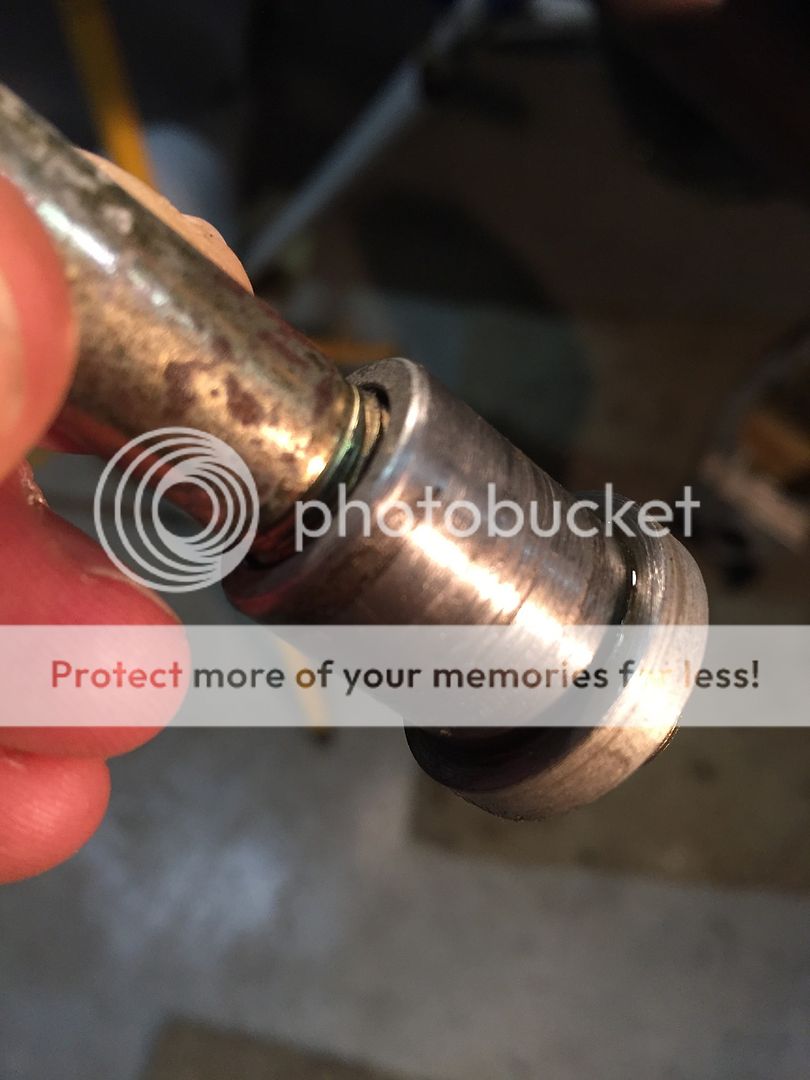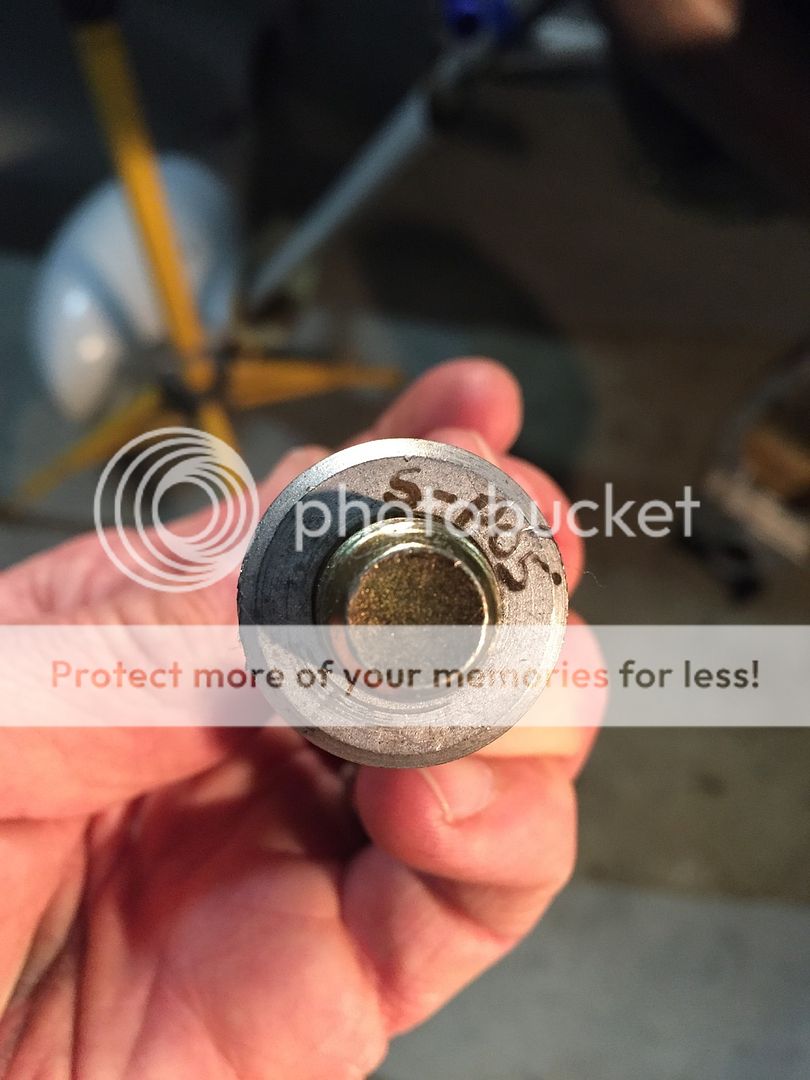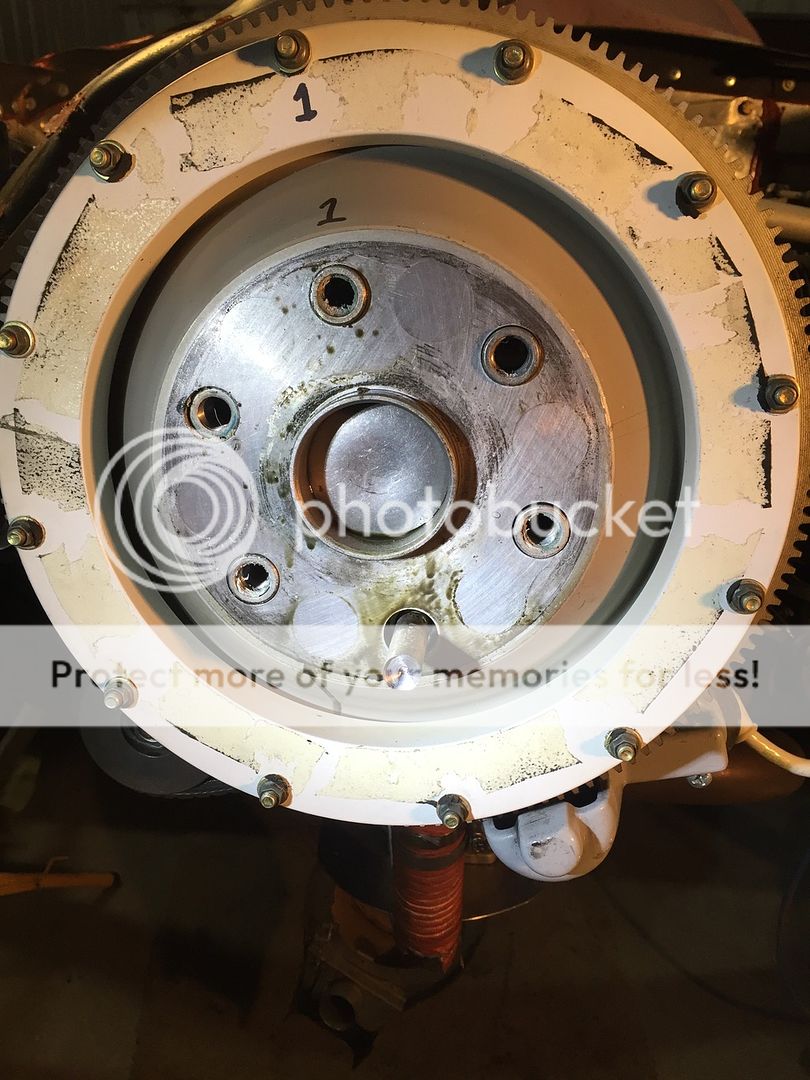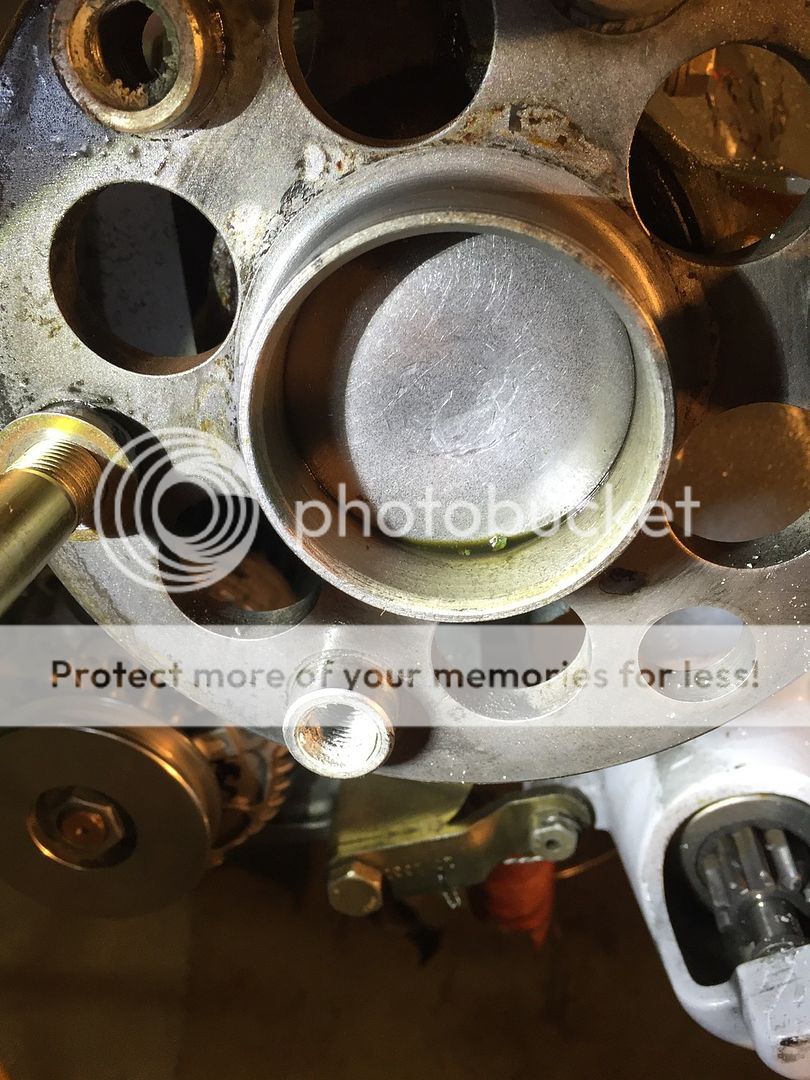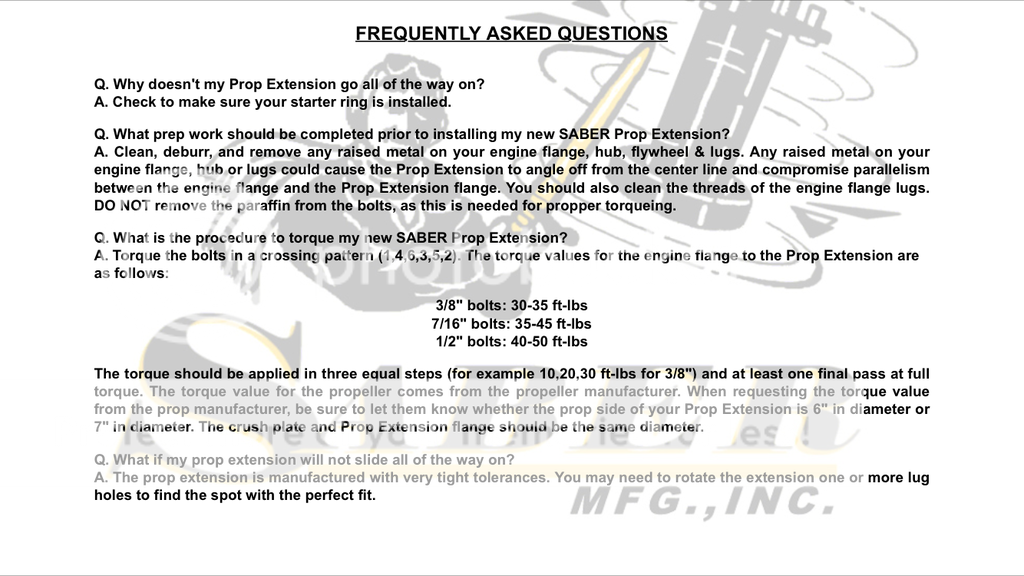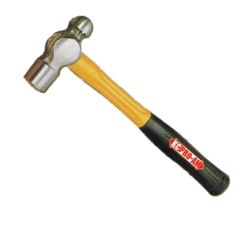While trying to remove my prop spacer from the crank today I found one of the prop flange bushings spinning. Therefore I cannot remove the prop spacer, ring gear support etc.
Is there a better plan of attack than removing baffling and trying to use vice grips on the prop flange bushing so I can get the last bolt on the prop spacer out?
Thanks,
Andy
Is there a better plan of attack than removing baffling and trying to use vice grips on the prop flange bushing so I can get the last bolt on the prop spacer out?
Thanks,
Andy



